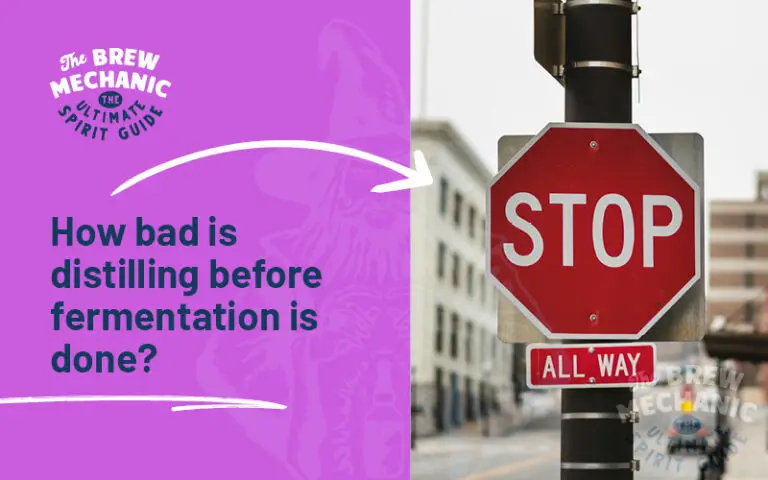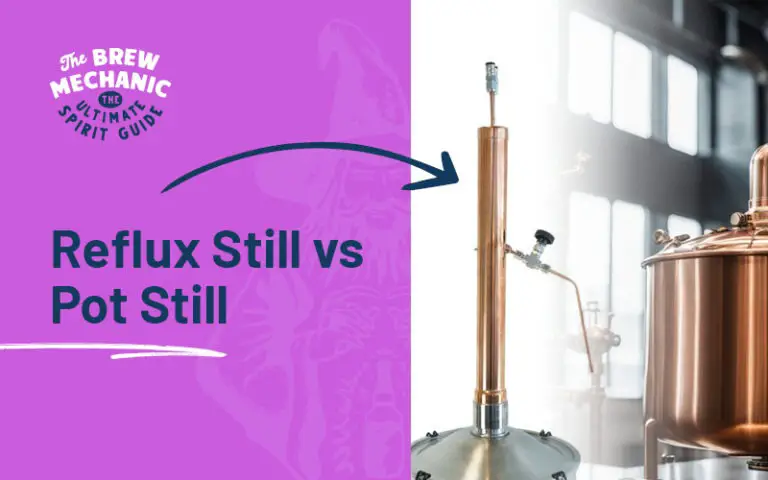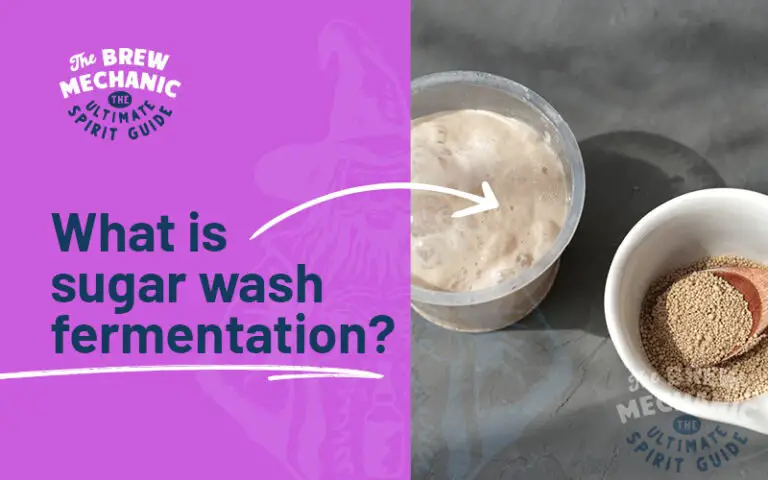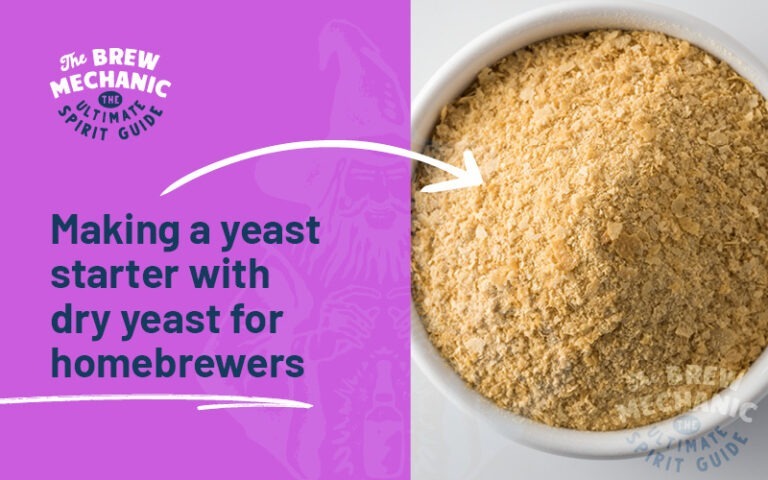Use bentonite before or After Fermentation? Let’s clarify why.

Disclaimer: This post might include affiliate links, through which I may earn a small commission without any extra cost to you. Additionally, I am an Amazon Associate and earn from eligible purchases. All the products and services I suggest are ones I have personally used or would use. Thank you very much for your support if you decide to buy through any of my links!
Come join the Distilling Squad!
Get the best fundamental tips & tricks here. Woohoo!
When it comes to clearing your sugar wash for distillation, using a clearing agent like bentonite is a popular choice. But the question comes up: should you add bentonite before or after fermentation?
So, we will explain why adding bentonite AFTER fermentation is the best method for achieving a clear, high-quality wash.
What is bentonite?
Ok, let’s start with the basics. Bentonite is a type of clay commonly used as a clearing agent in the distillation process. It works by binding to the suspended solids in the wash, such as dead yeast cells and other particles.
Once these solids are bound together, they settle at the bottom of the fermenter, leaving behind a clear liquid that is perfect for racking…EPIC. The use of bentonite does not affect the flavor or aroma of the final product, making it ideal for creating neutral alcohol spirits like sugar wash. So knowing about adding bentonite before or after fermentation is key… it’s after.
It is used in wine making but we are focusing on it for sugar wash post-fermentation.
Why use bentonite after Fermentation?
The key reason to add the bentonite after fermentation is that the clearing agent works best once the fermentation process is complete. During fermentation, the yeast is still active, and adding bentonite too early could interfere with the yeast’s activity and prevent proper fermentation.
Once the fermentation process is finished, the yeast is no longer producing CO2 and the wash is ready to be cleared. Woohoo.
How to Use bentonite After Fermentation is done
To use bentonite effectively, you’ll want to follow these steps:
1. Prepare the bentonite Solution: Start by turning the bentonite into a fine powder using a blender. Then, mix it with hot tap water (around 60°C) until fully dissolved. Let the solution cool before adding it to the fermenter.
2. Add to the Wash: Once the solution has cooled, bentonite is added to the fermented wash. Give it a good mix to ensure the bentonite is evenly distributed throughout the wash.
3. Let it sit: After adding bentonite, allow the wash to sit for at least 24 hours. This gives the bentonite time to bind with the solids and separate them from the liquid.
4. Rack the Clear Liquid: After the settling period, you can rack the clear liquid into your distillation boiler, leaving the sludge behind.
Now we know… bentonite Before or After Fermentation? It’s AFTER.
So, the question of bentonite before or after fermentation, the answer is clear: add it AFTER fermentation for the best results. This ensures that your sugar wash is properly clarified, giving you a smooth, clean product for distillation.
Whether you’re a beginner or an experienced distiller, using bentonite after fermentation is an easy and effective way to improve your distillation process.
Last Updated on April 05, 2025 by The Brew Mechanic
Disclosure: I may receive affiliate compensation for some of the links below at no cost to you if you decide to purchase a product or service. You can read our affiliate disclosure in our privacy policy. The information provided is for entertainment only.

With 35 years of knowledge of being a chemical engineer in alcohol manufacturing plants, my mission is to teach the next generation of home distilling alcohol brewers at a supernatural speed.
My reviews are based on real-life experiences with reflux stills, sugar wash, troubleshooting and mystical chemical reactions.







